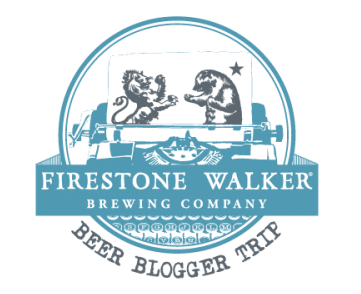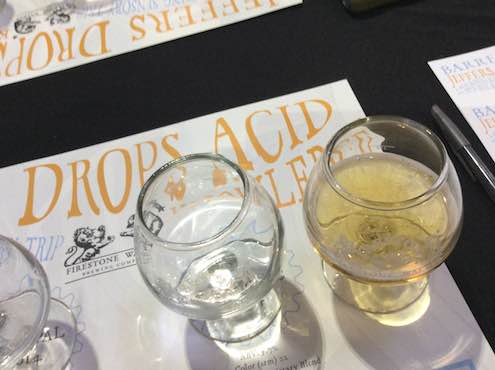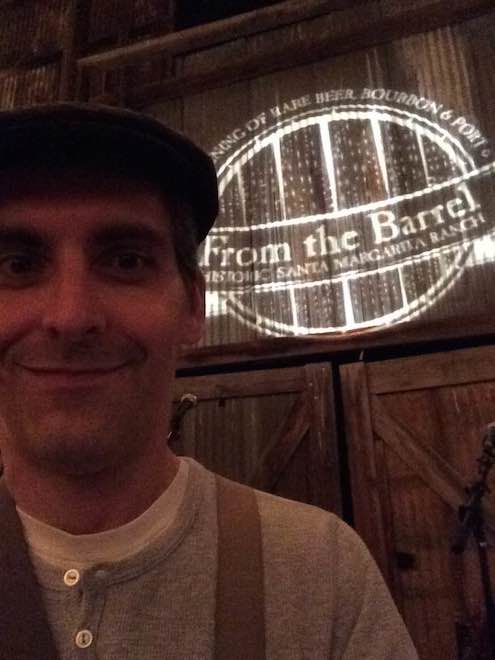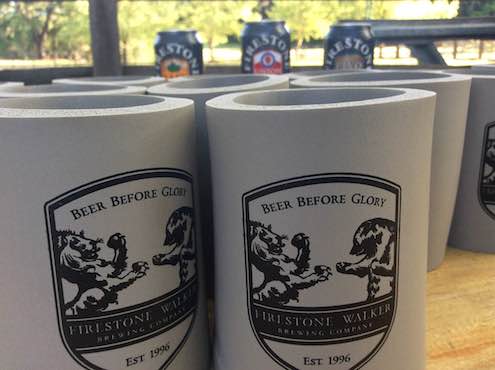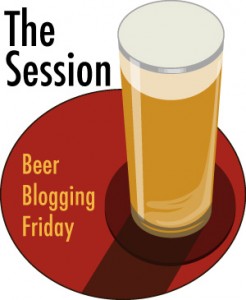
Our host for July is the Deep Beer blog / Jack Perdue. To start the next 100 sessions off we have the topic “Bottles, Caps and Other Detritus.”
“Since first discovering The Session, I knew one day I wanted to host a monthly edition. There are many great creative people involved in the beer industry: the brewers designing and creating the stuff of our attention, marketers bringing the product to market, graphic artists making the products attractive and informative and writers who tell the story of beer. The list goes on. And thus, many great products, that may or may not get your attention. The focus is on the liquid inside the bottle, can or keg, and rightly so. What about all the other products necessary to bring that beer to you? What about the things that are necessary but are easily overlooked and discarded. This months theme is, “Bottles, Caps and Other Beer Detritus”.
Detritus, according to one definition in the Merriam Webster Dictionary is “miscellaneous remnants : odds and ends”. While the number and quality of our beer choices has certainly improved over the recent decade, have you paid any attention to the rest of the package. Those things we normally glance over and throw away when we have poured and finished our beer. These are sometimes works of art in themselves. Bottle caps, labels, six-pack holders, even the curvature of the bottle. For this month’s The Session theme, I’m asking contributors to share their thoughts on these things, the tangential items to our obsession. Do you have any special fetish with bottle caps, know of someone that is doing creative things with packaging, have a beer bottle or coaster collection.”
For some time, I have collected the labels that I could get off (in one piece) of a bottle. But as the albums piled up and threatened to topple over onto my feet, I have kind of stopped with that fascination. There is also an old Halloween candy bucket filled with bottlecaps but though it threatened to overflow at one point, it still hasn’t.
The collection fever that led me to that brink has been dulled by the simple existence of the interwebs. Most label and bottlecap designs can be found in mere seconds with a Google search. I don’t need to remember which beers I had a few years back via a carefully collated album, it’s all on Untappd. I will still grab a coaster on occasion but for the far more utilitarian need for something to set a glass on.
But that desire is still there. Like a family that has moved but still in the same town. That proverbial new house for me is to “label approve” on my blog. At least once a month, there will be a snarky or celebratory post about why one label doesn’t work and/or why it does work.
That has led to a unwritten set of rules that I break out when a label catches my fancy one way or the other. That makes this Session the place where I can lay down the law of Label Design according to Sean. Three rules that you NEED to follow and three rules that are WANTED. None of which talk about the design per se, because that is so tremendously subjective.
NEED:
1. The name of the brewery, the beer and the style must be legible and easily found not some beer version of Where’s Waldo.
2. Each label should be part of a whole series and not so drastically different from the rest as to look from another brewery.
3. Where are you brewed? And when were you brewed? So the consumer can gauge freshness.
GOOD TO HAVE:
1. Best glass for the beer so that you can get the best experience possible
2. Food Pairing possiblities
3. A font bigger than microscopic
I have a lot of respect for label design because it has to convey technical information while standing out on a shelf while building the brand of the brewery while being a piece of art. Not the easiest job in the world to meld those competing interests and probably why you see labels change so often. Personally, I find the Eagle Rock Brewery brand one of the strongest (and that is not just because they are a local). They have been on point since day one and have added little pieces of flair as they have grown. They even managed to make it work in both cans and bottle format.
But to pick a more recent example to apply the “rules” to, let’s test out the California Craft Pack from Anchor Brewing which has three beers in it. The iconic Liberty Ale, California Lager and their newest beer Anchor IPA.
Except for Liberty, the name Anchor is prominent. On all three the beer name is prominent as is the beer style. When it comes to uniformity, again Liberty is the outlier from the other two but it is a special re-release so that is to be expected and is also branded more in line with their Double Liberty. Where brewed is there but the when is missing which is not good in my book. So a mixed bag on the NEED front.
On the WANT front, there is no glass or food pairing info, but the font strikes a good balance of size and design, so one out of three.
The overall design is stately though a touch cluttered on all three cans. The elephant on the IPA and the bear on the lager give an easy touchstone for beer buyers. The Liberty can is really well done and overcomes some of my rules by sheer force of the patriotic throwback design. Not to mention the positive feeling engendered by Anchor and their history in craft beer.
No matter my “rules” or yours, how a bottle or can looks can affect how it sells. So far, breweries seem to have taken the opportunity to be as bold in their art of labels as they do the art of beer.

